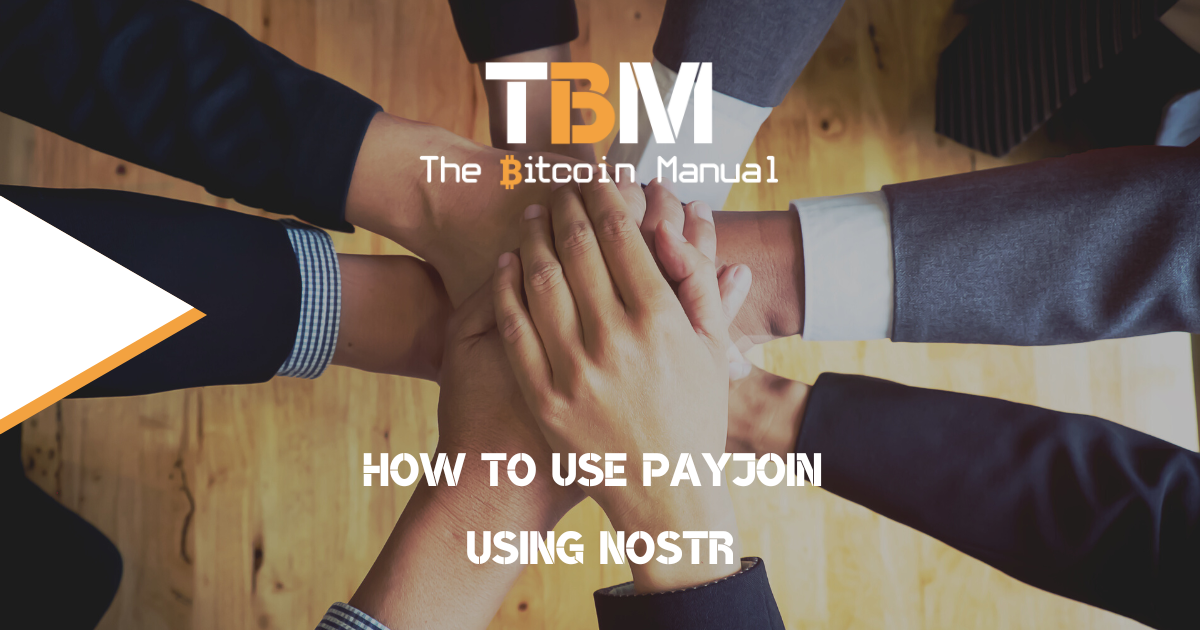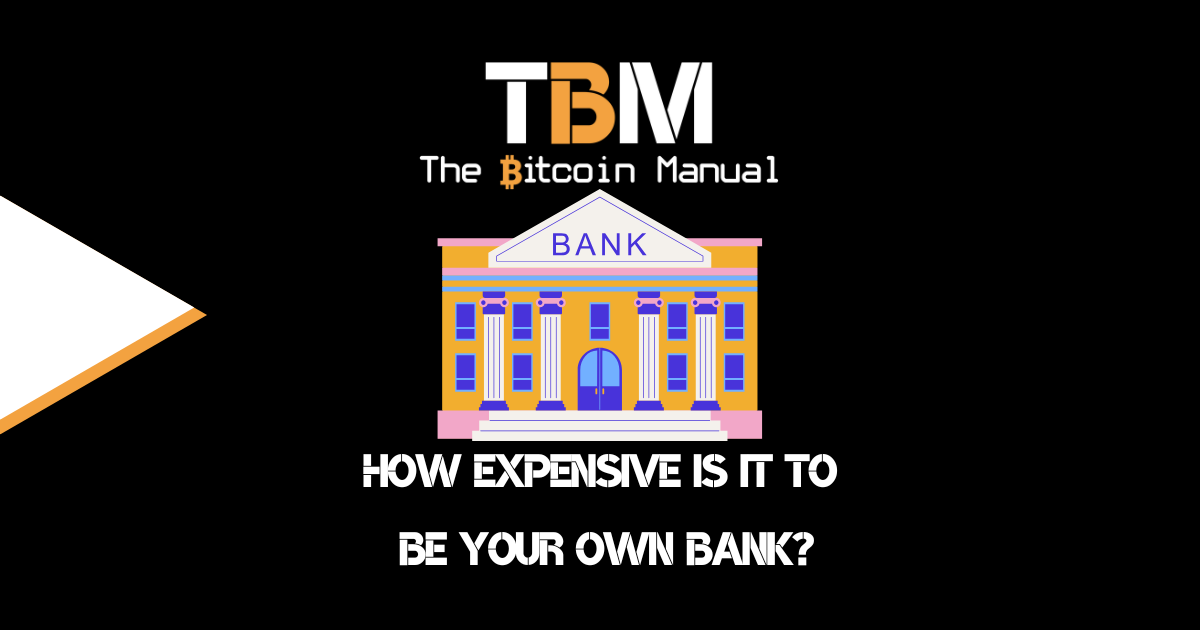Nostr is an open protocol designed to be a community-driven platform; the first use case for the protocol has been short-form social media content clients that mimic the Twitter experience. While this use case remains the primary use of the protocol, it’s not the only way to use it, and we’ve seen long-form content hosting clients spring up and even eCommerce like Nostr Market and P2P trading clients like CivKit in the works.
Nostr has certain similarities with Bitcoin in that it’s both an open protocol that anyone can run, and you have permissionless access to it using public and private key pairs. While Bitcoin is used to transfer money, Nostr is used to transfer messaging, and, as you can imagine, being able to communicate with people you want to pay seems like an obvious pairing.
The nexus between Bitcoin and Nostr are becoming increasingly intertwined as the latter morphs into a pivotal communication layer for the former. The promise of Nostr, offering a decentralised, privacy-centric messaging system, complements Bitcoin’s ethos of providing financial sovereignty.
As these worlds continue to converge, a new breed of Bitcoin transactions, one example of this, is coordinating multi-sig transactions using Nostr, and now we have a proof of concept for PayJoin transactions using Nostr.
The Privacy Puzzle and Chain Analysis
Bitcoin, as a financial system, has its roots in privacy and individual autonomy. However, its pseudo-anonymous nature has given rise to privacy concerns, particularly with the proliferation of blockchain analysis companies. If you’ve used Bitcoin only P2P or mined it yourself, you can remain in this self-contained system and maintain your privacy, but unfortunately, this is not the reality for most people entering the space.
Today we have centralised exchanges that have made Bitcoin to fiat markets in different locations around the world or Bitcoin to stablecoin markets for those targetting an international audience. These exchanges draw in millions of users and even more money, but to acquire access to these markets, you have to give up your privacy.
Once you hand over your contact and identification information, you will be allowed to conduct trades as tied to your account and personal information through KYC and AML laws. As long as you use Bitcoin in these exchanges, you remain in their good books, but you are also taking custodial risk.
If you wish to move on-chain and take self-custody, you provide these businesses with a public key; when the transfer is made, a record of that public key and its outputs are tied to your personal account with the exchange. As you spend from that public key or public key, chain analysis firms can track your spending and attribute it to your original exchange account details and form a map of your on-chain activity.
These entities observe and track Bitcoin transactions, eroding the financial privacy of users. The primary concern here revolves around transaction linkability, which could potentially expose users’ transaction history and balances.
This scrutiny underlines the necessity of bolstering Bitcoin’s privacy features, hence the evolution of transactions like CoinJoins.
Maintaining Forward Privacy
In the context of Bitcoin, forward privacy involves ensuring that any future transactions cannot be linked to a user’s past activity. However, the Bitcoin blockchain’s transparent nature poses a challenge to maintaining forward privacy.
Every transaction is recorded and accessible to anyone worldwide. This transparency, while essential for Bitcoin’s trustless model, presents a hurdle for individuals and businesses seeking confidentiality in their transactions.
In order to break the assumptions that you own a specific UTXO in an address, CoinJoins provide a tool to do that, but they can be expensive and require technical knowledge and time to sit and mix your coins, which isn’t all that attractive to the average user.
Additionally, newly joined coins can carry the stigma of being CoinJoined, and certain entities might refuse these funds while CoinJoins also doesn’t protect you if you make a slip-up and touch a doxed address or dox a new public key with coins that can be tied to you.
If we are to break chain analysis, tracking CoinJoins is only one element, and we need something simpler that can be used regularly by anyone, and this is where PayJoins come into play.
What is a PayJoin?
A PayJoin, or Pay-to-EndPoint (P2EP), is a unique kind of Bitcoin transaction designed to improve user privacy. When you normally transfer Bitcoin with a standard transaction, there is an input and an output, which chain analysis firms assume the input is the change back to your wallet and the output is the payment.
In a PayJoin, rather than simply transferring coins from one address to another, PayJoin transactions involve the sender and receiver collaborating to create a transaction. This collaboration effectively ‘muddies the waters’ for anyone trying to trace the transaction’s path, thereby enhancing privacy for both parties involved.
PayJoins are beginning to emerge, enhancing privacy and circumventing surveillance by chain analysis firms, but they have had some teething issues which Nostr could alleviate.
PayJoin coordination issues
In order to conduct a PayJoin with a peer or a group, there needs to be a peer-to-peer channel, such as an onion address, a sender and a receiver can exchange information about the UTXOs they would like to use as inputs in a transaction.
If two peers who know one another can communicate with each other, they can set up a PayJoin, but this gets much harder when dealing with groups of people or those you wish to transact with without having a personal connection.
Several aspects need to be co-ordinated for a PayJoin to work, namely:
- The peer did not have any UTXOs to contribute towards a PayJoin
- Your wallet does not use the same format as the peer or PayJoin co-ordinator (essential not to raise suspicion to analysis companies)
- You are not using SegWit or P2SH-wrapped SegWit.
- A PayJoin server is available.
Nostr’s Role in PayJoin Coordination
Coordinating a PayJoin transaction requires a secure, private communication channel between the sender and receiver. This is where Nostr steps in. Nostr’s design as a decentralised and privacy-focused messaging protocol makes it an ideal medium for coordinating PayJoin transactions.
By utilising Nostr, the participants can communicate to set up the transaction and transfer their information through Nostr DMS without exposing themselves to unnecessary third-party scrutiny. This makes it far easier to conduct and coordinate PayJoin transactions between pairs or even groups for more complex transactions that can really disrupt chain analysis assumptions.
By regularly using PayJoin, users are constantly breaking transaction assumptions, and at scale, this will wreak havoc on chain analysis heuristics since every payment continues to break apart transactions, along with every coordinated Lightning channel open or close.
PayJoins in Nostr Dark Markets
Nostr’s decentralised, privacy-oriented design makes it ideal for markets that prioritise discretion and anonymity, also known as “dark markets”. As I mentioned earlier, Nostr eCommerce and P2P trading markets are in the works and with PayJoin coordination, users would be free to trade on-chain or move into Lightning in combination with these markets.
Individuals could trade goods, services, cash, stablecoins or any trade they like and even with chain analysis firms watching the chain, it would be very hard to attribute bitcoin TXIDs and UTXOS to a specific settlement for goods or services.
PayJoin transactions coordinated over Nostr can provide a high degree of privacy for buyers and sellers in these markets. This combination of privacy and financial autonomy presents a potent solution to those seeking to trade freely and privately, away from prying eyes.
So Silk Road on Web 5, anyone? Also, Free Ross!
Notes and privacy things
As Bitcoin continues to evolve, there will be plenty of synergies between it and Bitcoin. Having a communication tool that works in parallel with Bitcoin has many applications, from building out new custody models to the exploration of privacy-enhancing technologies such as PayJoin and Ligthning channel coordination.
By leveraging Nostr’s decentralised communication capabilities, the Bitcoin community is taking a proactive step towards maintaining its users’ financial privacy and sovereignty, as there is no single point of failure in the money or in the means of communication. While there is still a long way to go, the marriage of Bitcoin and Nostr shows promise in ushering in a new era of enhanced digital privacy.
Do your own research.
If you want to try out Postr or learn more about it, we recommend checking out the following resources to kickstart your research.
Are you on Nostr?
If you are a Nostr user and want to hang out and chat with us or follow our content on your preferred Nostr front end, feel free to add us using our PubKey below and send us a Zap if you’ve got sats to spare.
npub10mxnle348mzv2dnj0ylgz3zu9gceenc29x9fr4m6mnars66j7vxsnkn8mj
The Bitcoin Manual’s Nostr Pubkey
Please give us your notes.
If you have used Nostr, which client do you prefer and why? Are there any clients that you think deserve mention? Let us know in the comments down below.




